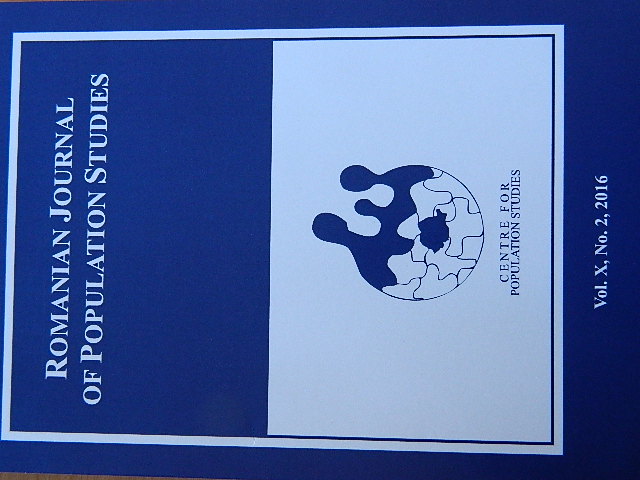Ethnicity, Nationality, and Statistics.
The Romanians from the Habsburg Empire, the Ottoman Empire, and the Tsarist Empire (1848-1850)
Ethnicity, Nationality, and Statistics.
The Romanians from the Habsburg Empire, the Ottoman Empire, and the Tsarist Empire (1848-1850)
Author(s): Daniela Deteşan, Ela CosmaSubject(s): History
Published by: Centrul de Studiere a Populaţiei
Keywords: censuses; Romanians; ethnicit; nationality; statistics
Summary/Abstract: This article offers a general statistical view regarding the Romanians from Transylvania, Bukovina, Banat, Wallachia, Moldavia, Dobrudja, and Bessarabia, and analyzes the extent to which the central authorities in Vienna, Constantinople, and Sankt Petersburg recognized the Romanians’ nationality and language in the middle of the 19th century. Unlike the Romanians from Transylvania, who did not enjoy political rights, being considered a “tolerated nation”, in Wallachia and Moldavia, both under Ottoman suzerainty and Russian protectorate, the Romanians had greater state autonomy, having their own rulers and a strong political class descendant of the great Romanian boyar families. The Romanians from Bessarabia had the worst national fate. The analysis is based on different sources: the Austrian census (1850), the Romanian censuses from Wallachia and Moldavia (1838-1852), census-like material, historical, ethnographical and statistical printings, journal articles, and proclamations.
Journal: Romanian Journal of Population Studies
- Issue Year: 10/2016
- Issue No: 2
- Page Range: 119-136
- Page Count: 18
- Language: English
- Content File-PDF

